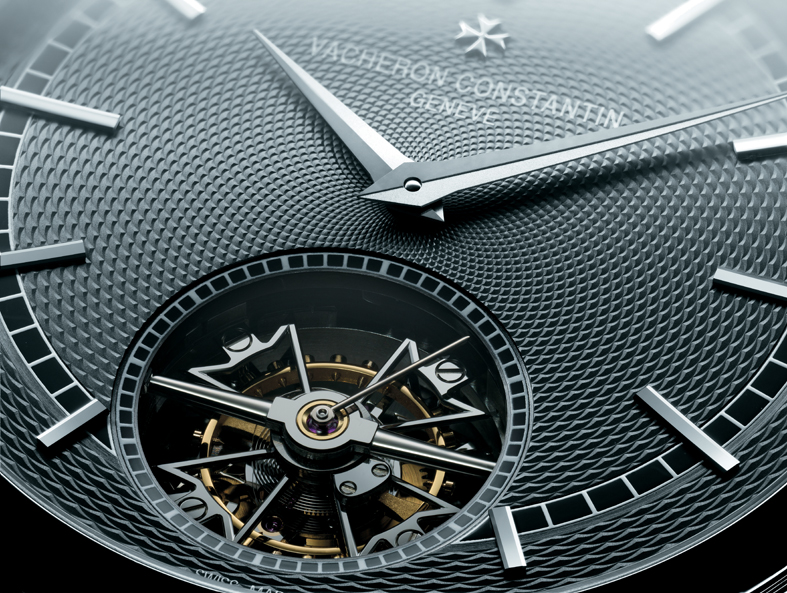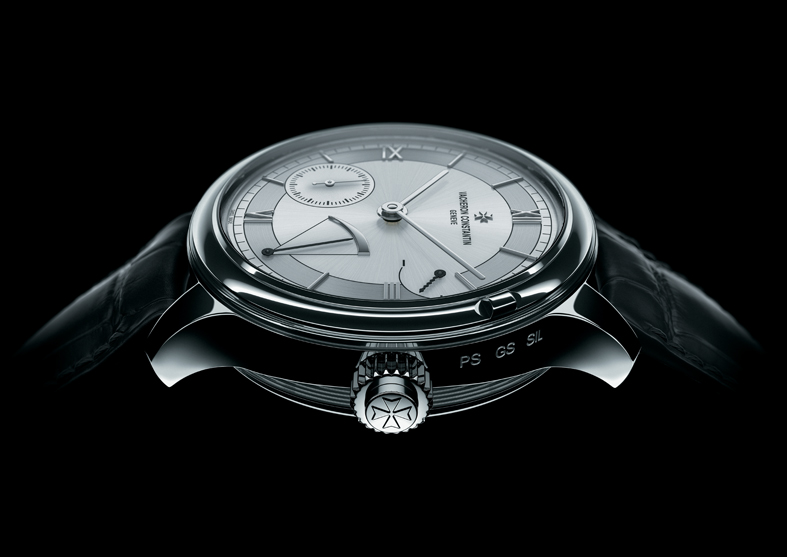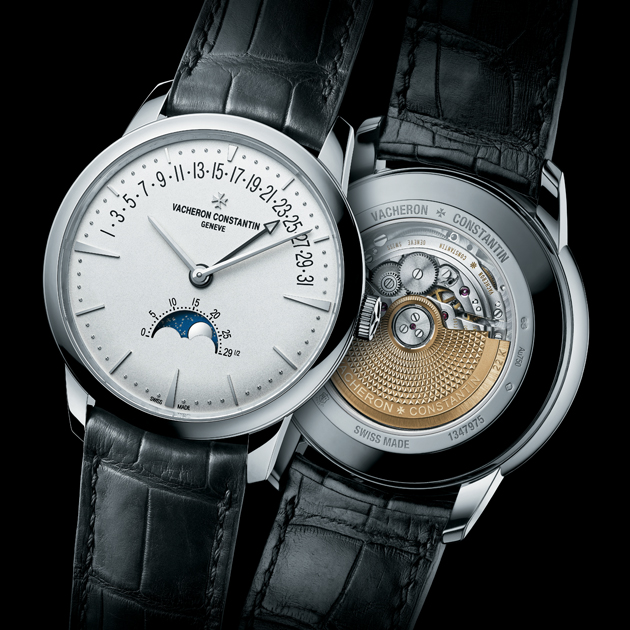Prestige issue 285, July-Aug-Sept. 2017
Julien Marchenoir, marked by 260 years of history of Maison Vacheron Constantin, tells Prestige about the extraordinary artistic skills of the master craftsmen of the Maison, and speaks of their latest creation, a masterpiece that brings together complications and technical innovations.

«Vacheron Constantin combines tradition and technical innovations»
What do you think about the last twenty years of watchmaking? As Director of Strategy and Heritage of the House, I have the chance to discover a history of more than 260 years. The watches market has grown tremendously over the last twenty years. Since 1997, there has been a fundamental change in the size of watches, the readability of the dial and the value of the pieces. There have also been many developments in the movements, complications, crafts and the distribution network.
What goes out more of these changes? I started in watchmaking 18 years ago, including 12 years with Vacheron Constantin. The House’s 250th anniversary, in 2005, was a highlight, a period of revelation of this brand that was already known to collectors. Since 260 years, history continues with the ability to innovate. The reference 57260 eradicated the idea that everything had already been invented in watchmaking. I think that our main contribution was to have participated in the recognition of the Métiers d’Art in watchmaking.
What do you wish for the future? There is a quote from Winston Churchill, that I often remember: «The further you can look into the past, the further you will be able to look into the future.» The Maison Vacheron Constantin is already recognized. However, many things remain to be revealed. It has enormous qualities that have not yet been developed. The House strives to continue building while drawing from the past.

Is Les Cabinotiers Symphonia Grande Sonnerie 1860, the first Grande Sonnerie by Vacheron Constantin? This is not our first Grande Sonnerie, but rather the first time we convert a Grande Sonnerie into a wristwatch. Our first Grande Sonnerie watches were manufactured in the XIXth century. To be recognized master watchmaker in Geneva and to establish his own workshop, Jean-Marc Vacheron had to make a watch with a ringing mechanism, an alarm mechanism. Concerning the 57260, whose development lasted eight years, we tried to observe the history of watchmaking, in order to offer a complicated Grande Sonnerie but easy to use. These pieces are very complicated and very delicate to handle, especially when it is known that the assembly of the 727 components of this caliber takes 500 hours of work for our watchmaker. We worked to have the simplest Grande Sonnerie ever used, so that the customer can finally enjoy it.
Is it more complicated to achieve than a minute repeater? There is a big and a small sonnerie and a minute repeater that are combined. The result is much more complex because we have to manage a mechanism that gives the time, that is to say that at any moment the whole mechanism must be triggered by itself. With the small ringtone, only the hours ring, while with the gande sonnerie, it is the hours and the quarters that ring; On request, the customer can have the exact time with the minute repeater. The level of pieces is much more complicated to manage, we wanted to develop security systems to make the watch easily usable. Thus six safety systems have been developed to prevent the mechanism from getting stuck. These pieces that are unique and personalized, according to the clientele, are included in our Les Cabinotiers collection.

What do you think of the new technologies used in watchmaking, be it silicon or the addition of carbon in the movements, which completely upset the codes? We are following very closely all these developments. First, we observe closely the achievements in terms of research for new materials. Then we set a goal to ensure that what will be adopted for Vacheron Constantin will be maintained in time. In other words, that in twenty or fifty years, we will always have the ability to restore a watch. Between 1755, the date of the beginning of watchmaking and today, we can say that in 1839 we contributed to the industrial revolution of watchmaking, thanks to the development of machines that made possible to transform the watchmaking from a craft into a precision craft.
What distinguishes Métiers d’Art at Vacheron Constantin from other brands who invest in this field? The Métiers d’Art are part of the DNA of Vacheron Constantin. Genevan watchmaking, as it has developed since the XVIth century, considers the horological object as an object both functional and ornamental, very early decorated with engraving, enamel, crimping. We wear a watch that not only gives the time but reflects our personality, our tastes.
If you had the opportunity to travel back in time, what period of watchmaking development would you have liked to share? I would hesitate between the second half of the XIXth century, which saw a concentration of Métiers d’Art, a mixture of craftsmanship and excellence, and the 1920s saw a change in watchmaking from the pocket watch in wristwatch. Very important developments in terms of complications took place inside the latter, and at the end of the XIXth century, we saw miniaturization with enormous creativity.

And what is the role of astronomy in all that? Astronomy has always been one of the great quests of watchmaking. As far as we are concerned, it finds particular meaning during this period of change, for two reasons: first, because we are witnessing a profound change in society, where it is always good to question our roots, Then it is said that watchmaking is the daughter of astronomy and that it is by observing the sky, the stars that man began to imagine how to measure time. It therefore seems important to pay tribute to one of the fathers of astronomy, Nicolas Copernicus. Interview Conducted in Geneva by MARIA NADIM








